Russian vest day
The history of the striped shirt
It was in Russia that a vest, a shirt with horizontal stripes, met a special relationship: poems and songs are written about it, it is worn and loved by both old and young. But story The striped shirt began long before it became the outfit of Russian sailors.
In the 17th century, sailors of European fleets began to sew strips of various colors onto their white shirts. This was not pampering or the desire to stand out - just against the background of plain light sails and the dark sea, such a shirt made the sailor as noticeable as possible. Shirts were made of dense fabric, which allowed them not to suffer from the cold, and to maintain freedom of movement during various shipbuilding operations, which required great skill and mobility.
Traditions connect the appearance of a sailor vest with the fishermen of Brittany, a province in northern France. The Bretons, the indigenous people of this area, have long been famous as excellent sailors and fishermen. And it was they who allegedly became the first to wear striped shirts. Moreover, the vests were not only utilitarian in nature, since they helped to better see the sailor against the background of the sails, but were also endowed with a sacred meaning.
Breton fishermen were superstitious people and believed that proper clothing could protect them from various dangers. In medieval Europe, striped robes were worn by convicts and executioners. But the Breton sailors thought that going to sea on their fishing schooners, they would scare away the evil spirits with their clothes. She decides that these are criminals, outcasts of society, and will not contact them.
Such an explanation for the popularity of the vest is, of course, too romantic. Most likely, the Bretons were still guided in their choice by such a useful quality of a sailor's shirt as its visibility from afar. In any case, by the 18th century, striped robes were popular far beyond Brittany. Following the northern French province, they came to the Dutch fleet.
Many Breton fishermen were hired by sailors on Dutch ships, and the Dutch fleet at that time was considered one of the best in the world. The Dutch began to take the example of the Bretons and also put on striped shirts. But on warships, officers tried to fight the spread of the vest with all their might. After all, the sailor was supposed to dress strictly in form - in caftans of certain colors. However, while the naval command in Holland, England and other countries punished sailors for vests, the vest became more widespread on more free trade and fishing ships.
Vests arrived in Russia relatively late. Emperor Peter I, who adored the fleet, nevertheless, did not transfer the Dutch tradition of wearing a striped shirt to Russian soil. And the entire 18th century, the Russian imperial fleet dispensed with a vest. Only in the 19th century, sailors of merchant ships began to bring vests to Russia. They bought them at European ports and were very proud of their striped shirts. After all, the vest showed the status of an experienced sailor who visited other countries. In Russia, vests were not made or sold then.
However, in the XNUMXth century, many fleets entered the Dutch naval uniform - flared trousers, a short pea jacket and a jacket with a cutout on the chest. The vest looked perfect in this neckline. And from the beginning of the 1860s, Russian sailors began to wear striped shirts in combination with the main uniform. The officers did not particularly interfere with this.
Vest gains official status
19 August 1874 years, 145 years ago, Grand Duke Konstantin Nikolayevich Romanov signed a decree on the introduction of a new form on the ships of the Russian imperial fleet. Emperor Alexander II approved the decree. So the striped vest became the official form of clothing of the lower ranks of naval crews and ships.
In the "Regulation on the contentment of the commands of the Maritime Department regarding ammunition and uniforms" the vest was described as follows:
For such a coloring, a solid justification was also invented - now the blue and white transverse stripes personified the colors of the St. Andrew's flag - the Russian naval banner.
The sailors immediately fell in love with the new uniform. Firstly, the vest was very practical clothing - noticeable, comfortable for any action, warm. Secondly, the vest emphasized the person’s belonging to a special maritime fraternity, putting Russian sailors on a par with sailors in other countries.
It is worth noting that at first the stripes on the vest were not uniform. White stripes in 3-4 times were wider than blue stripes and only in the 1912 year they began to be distributed evenly on the vest. The first Russian enterprise of light industry, which began to produce vests, was the Kersten factory in St. Petersburg - the sea capital of the Russian Empire. Before the vests began to be produced at the Kersten factory, they were imported from Europe.
At first, the vest still needed to be earned in the Russian Navy. Not every sailor received a striped shirt - it was issued to those who went on a long voyage. And if the sailor wore a vest, then there was no doubt that he really was on a long voyage, had undergone many difficulties, struggled with danger. So the vest also became a symbol of the prestige of maritime service.
As a rule, sailors left a vest in memory of their service in the navy and went "on a demobilization" in a striped shirt. A sailor in Russian culture was forever portrayed in a vest, and without a vest it is, as it were, not quite a sailor. In paintings, book illustrations, on posters, sailors are now depicted in an unchanged vest.
Vest Fashion
At the beginning of the twentieth century, especially after the Russo-Japanese war of 1904-1905, a fashion for the marine style was established in Russia. Sailor suits have become one of the most common types of clothing for boys from families who can afford such an expensive pleasure. In vests, not only sailors demobilized from the navy began to flaunt, but also simple working guys. Being a sailor has become prestigious, and in rural areas sailors demobilized from the fleet were generally considered “the first guys in the village”.
The further history of the vest was even more triumphant. Sailors played a very important role in the revolutionary events of February and especially October 1917, and then in the civil war that swept Russia. Although politically a significant part of the sailors gravitated not only to the Bolsheviks, but also to the Left Socialist Revolutionaries and Anarchists, the revolutionary sailors in vests tied with machine-gun ribbons became one of the symbols of the revolution.
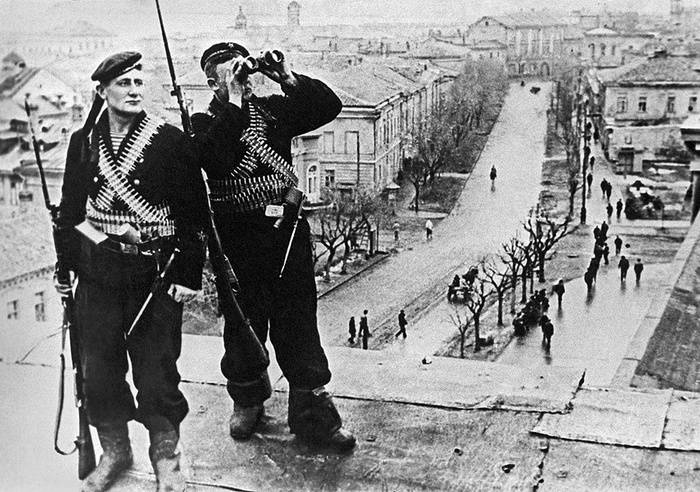
So the vest also turned into an embodiment of fidelity to revolutionary ideals - the guy in the vest inspired all his appearance with trust and respect. Interestingly, the vest has equally taken root both in the “correct” environment of Komsomol members and active workers, and among the “unconscious” urban punks, for whom it has become a symbol of sea rage and freemen.
The Great Patriotic War became another important page in the history of the Russian vest. Maritime brigades equipped with sailors of the Baltic and Black Sea fleets were sent to land fronts of the Great Patriotic War. The marines were incredibly courageous, fiercely fought with the enemy, for which the Nazis respectfully called them "black devils" and "striped devils."
When the mass of warriors in vests rose in the attack, the enemy was dismayed. You can’t count the posters of the war and post-war time, which depict sailors in vests and visors, going to full height in the attack on the Nazis.
“We are few, but we are in vests” - such a saying emphasized the role of the vest as a symbol of courage, selflessness of the Soviet people, urged to take an example from sailors who fearlessly fought with superior enemy forces, finding a way out of the most hopeless situations.
Naturally, even after the war, sailors and foremen demobilized from the fleet, leaving striped shirts in memory of the service, were popularly respected. The vest came into fashion as a wardrobe of a wide variety of people, including those who had nothing to do with the sea or military service - the townsfolk loved the vest as a warm and very comfortable universal shirt, used as casual or home clothes, especially in cold weather of the year.
Vest for a landing
After the Great Patriotic War, a new type of troops, the Airborne Troops, began to actively develop in the Soviet Union. And their vest also became widespread. The initiator of the introduction of the vest in the outfit sets of the Airborne Forces was the legendary "Uncle Vasya" himself - General Vasily Filippovich Margelov. During World War II, he himself commanded the 1th Special Ski Regiment of sailors of the Red Banner Baltic Fleet. Margelov remembered the courage of his subordinates, the Marines, forever and really wanted the airborne personnel to wear vests.
Margelov even managed to overcome the resistance of one of the most authoritative and honored Soviet military leaders - the commander in chief of the USSR Navy Admiral of the Fleet of the Soviet Union Sergei Gorshkov. The admiral, of course, defended the vest as a component of exclusively naval uniforms, believing that people who were not connected with service in the fleet should not wear a vest. And here Margelov had to recall his service as a commander of a regiment of the marine corps, emphasizing that airborne paratroopers are the same paratroopers as the marines, which means they also have every right to wear a vest. In the end, the admiral was forced to agree with the arguments of the commander in chief of the Airborne Forces.
Initially, the paratrooper had the right to wear paratrooper soldiers who made at least one parachute jump into the water. Then the vest became part of the uniform of the Airborne Forces of the USSR Armed Forces. In 1968, the Soviet paratroopers already wore vests with stripes not of a dark blue, like that of sailors, but of a sky-blue color.
Currently, the vest is worn by representatives of many other military branches and law enforcement agencies. In the FSB Border Service, a vest with green stripes is used, in the Russian Guard it is marked with maroon stripes, in the Ministry of Emergencies of the Russian Federation with orange stripes, and in the FSB and FSO divisions with cornflower blue stripes. The vest, which was once only a symbol of sailors, has become a component of uniform uniforms in almost all elite troops and units of both the armed forces and other power structures.
The fashion for the vest and in civilian life is preserved. Today, a striped shirt is a popular clothing that civilians (both men and women) are happy to wear, and design agencies are developing new versions of the legendary vest.
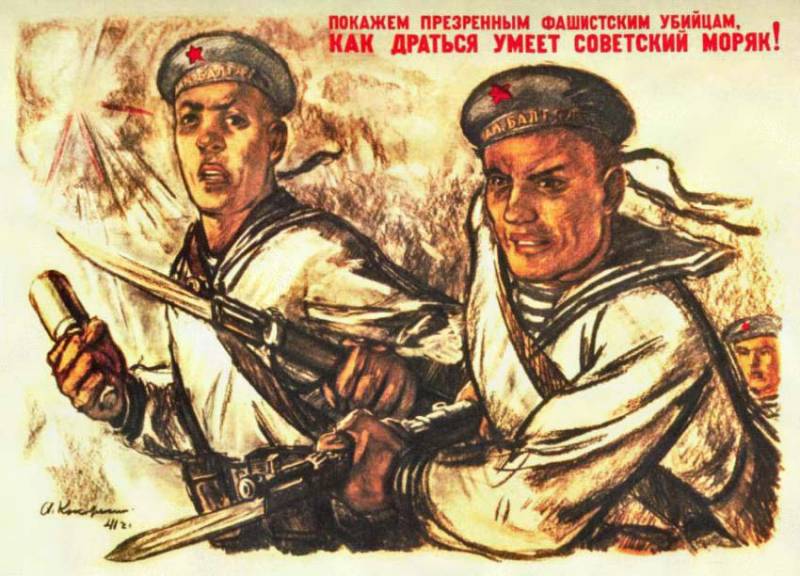
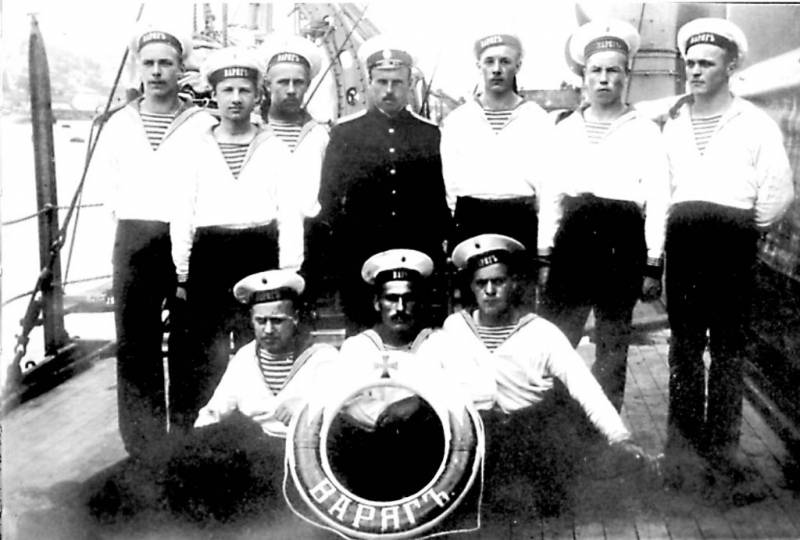
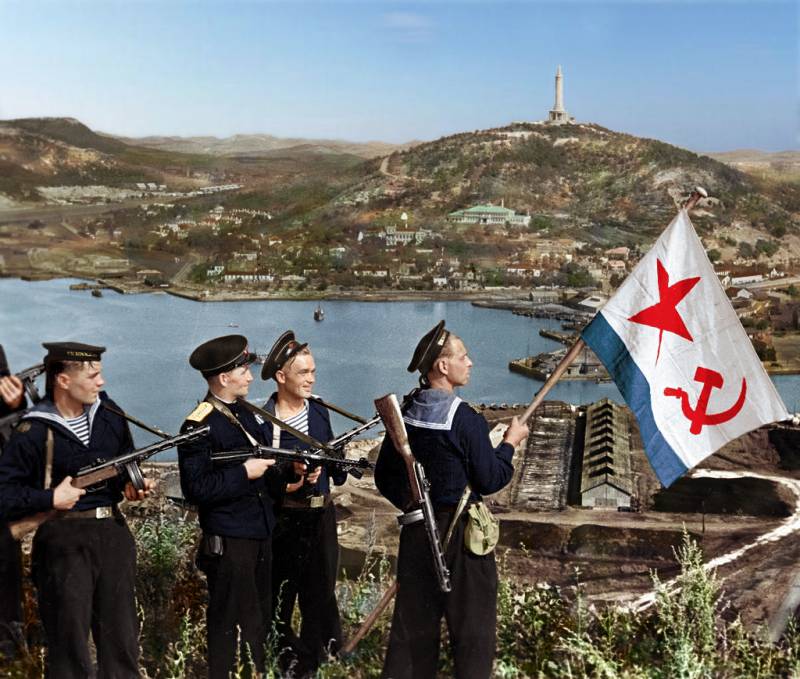
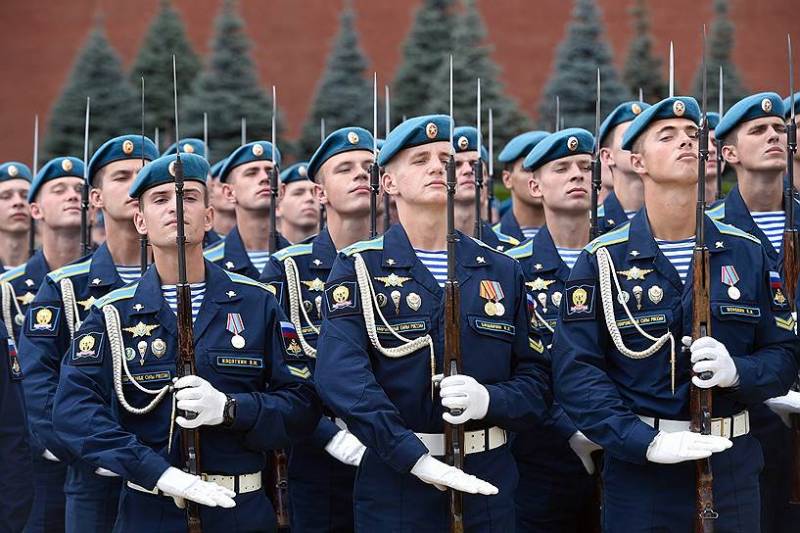
Information